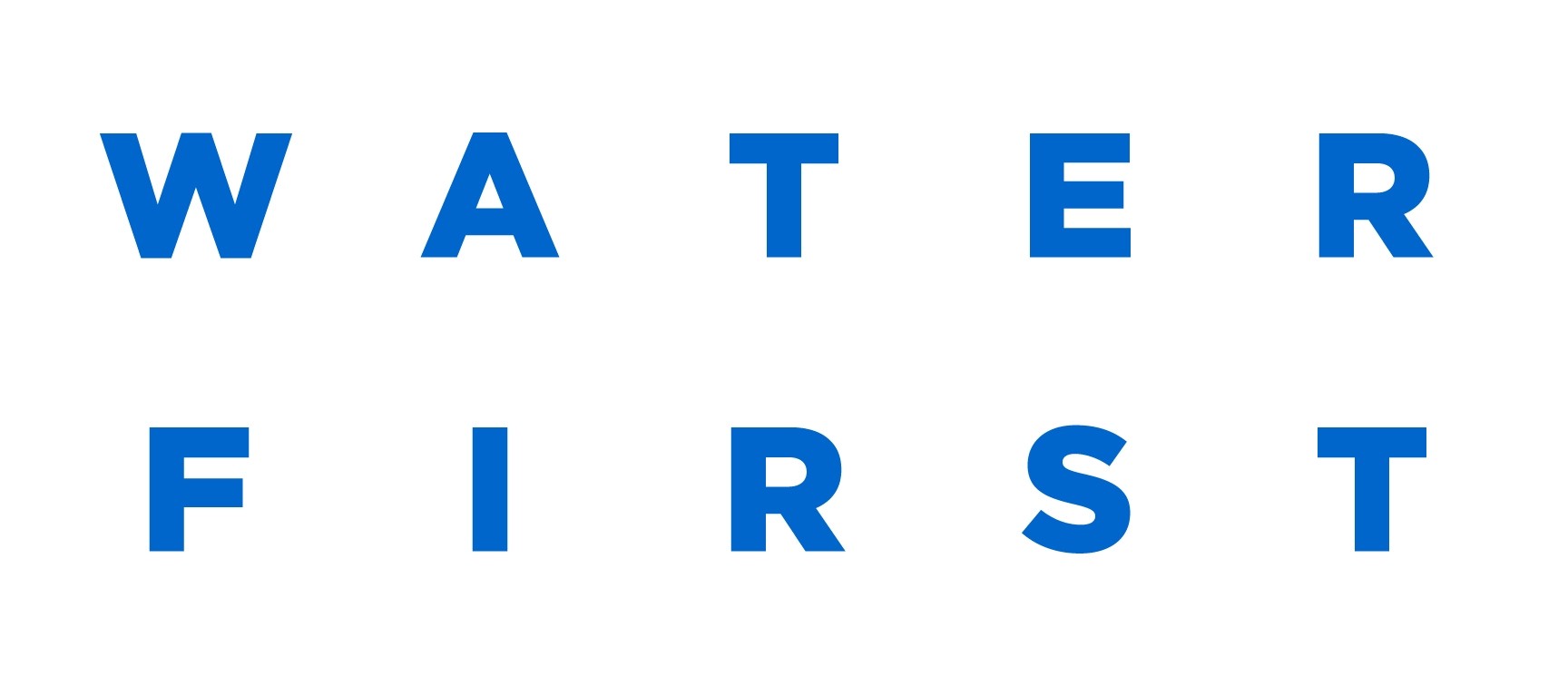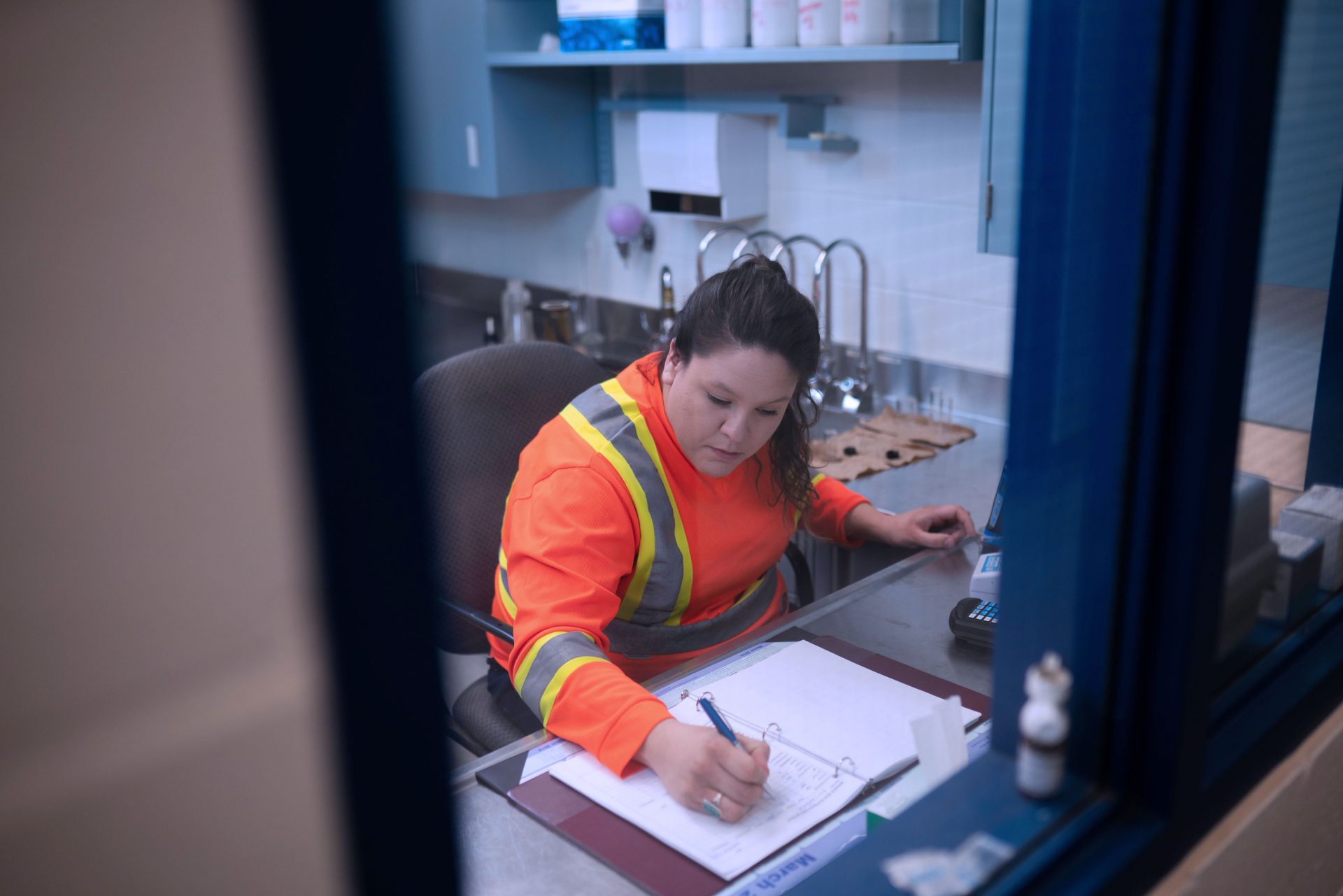This summer marked Water First’s and Sheshegwaning First Nation’s first collaboration on a summer high school credit program. The community sits on the beautiful and ecologically rich west end of Manitoulin Island and provides a dynamic learning space for students from Sheshegwaning, Zhiibaahaasing, and M’chigeeng.
This four-week program was forged through collaboration with school and community members who shared experience and knowledge of their land and culture. The Sheshegwaning First Nation summer high school credit program builds on Water First’s prior relationship with the community through programs delivered in 2018, 2021 and 2022.
The program was developed in collaboration with Robert Beaudin, the local school’s principal, who was thrilled to hear about the summer program that was first piloted with Beausoleil First Nation in 2021, as well as community members who shared their knowledge of the land, culture, and experience. Each day usually began with an opening smudge and teaching from Traditional Knowledge Keeper, Jo Laford, who we were lucky to have with us every week.
Sarah and Catherine from Water First’s Schools Program each delivered two weeks of the program. Here are some of their highlights from a month of learning on Manitoulin.
Language and the Land
Students gained an understanding of rare alvar ecosystems with a field trip to Misery Bay. Hiking the Nimkee Trail with a community language teacher drew connections between language and land. Fossil hunting with the Ontario Geological Survey at Cape Robert, unlocked secrets of the past.

Community Resources and Sustainability
Students learned in and out of the classroom with a school energy audit, a visit to the Odawa Stone Quarry, investigating hydroponically grown produce at Odawa Island Farms, and combing the shores at Providence Bay. Judith Jones, from the Manitoulin Phragmites Project, took students on a phragmites hunt to learn more about this invasive species. We also began making strides in completing our community-based projects for the summer, including a mapping activity and completing environmental inventories around the community.
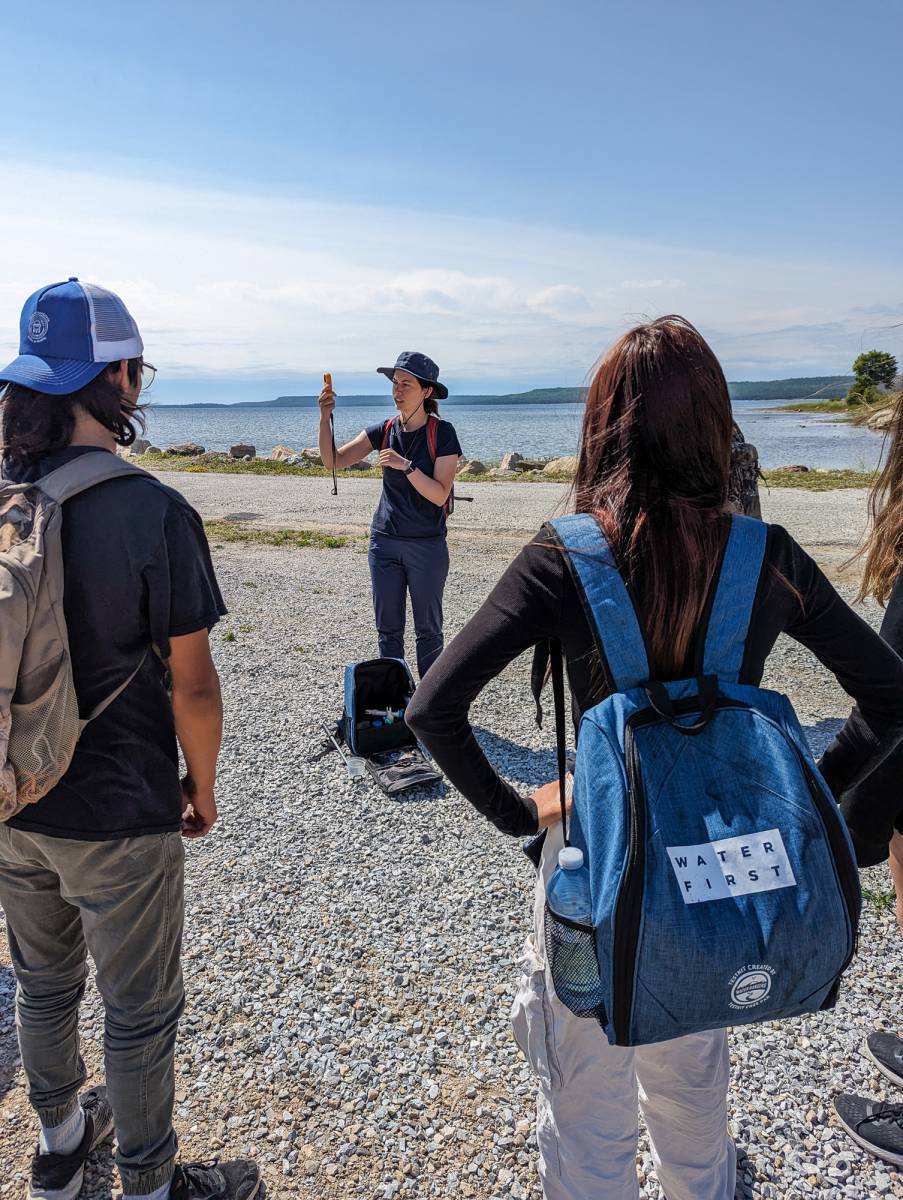
Treaties, Land Claims
Leonard Genereux graciously shared his knowledge of treaties and land claims on Manitoulin Island. Action is taking place in the student’s own communities and students were engaged in this important discussion. We are so grateful to Leonard for sharing his wealth of knowledge in this area and for taking the time to open this important discussion for our group.
Streams
Silver Creek, a small river within Sheshegwaning that winds its way to Georgian Bay, is the ideal outdoor classroom. Jo Laford,Traditional Knowledge Keeper, provided insight on the source of the stream and what species of fish are caught there. Liam, from Manitoulin Streams, enthusiastically shared his knowledge on stream assessment with a hike to look at the different elements of a stream. Diving deeper into their earning, students strapped on hip waders and scoured the stream, looking for bugs and other creatures in hopes of gaining a better understanding of Silver Creek. This is an incredible example of two-eyed seeing, with both Indigenous and Western knowledge contributing to the depth of student learning.
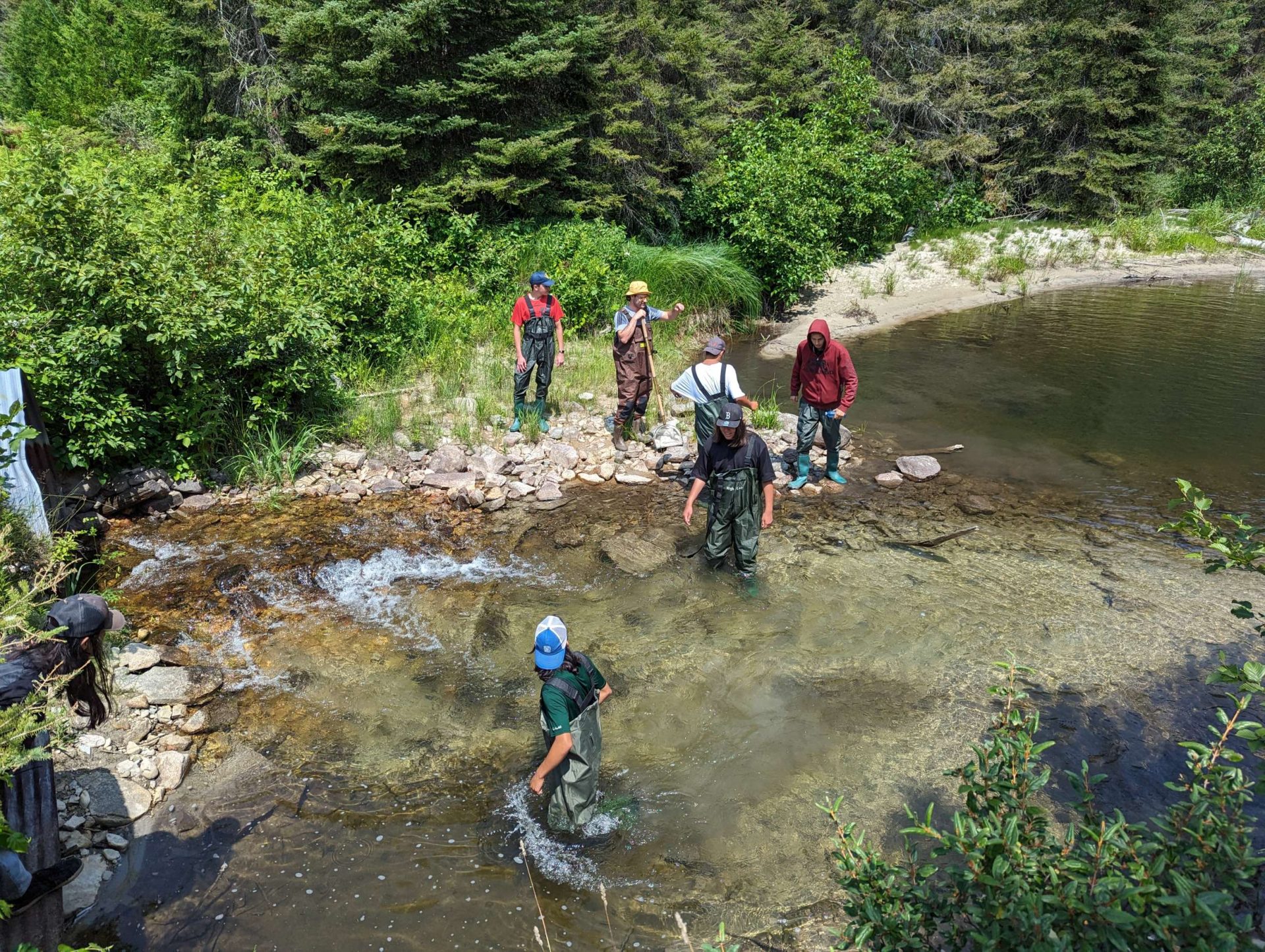
Educational Sweat Lodge
The next day was incredibly special, with Jo and Elizabeth Laford leading an educational Sweat Lodge for students. From preparation of the lodge to a culminating feast, this became one of the favourite and most meaningful experiences for students throughout the program.
The World of Water Treatment
Dillon Koopmans, Water First’s Education Manager, visited the program and brought along examples of Water First’s incredible educational resources. Through hands-on activities, and two amazing tours of the Sheshegwaning and Zhiibaahaasing Water Treatment facilities, students learned about water treatment processes.
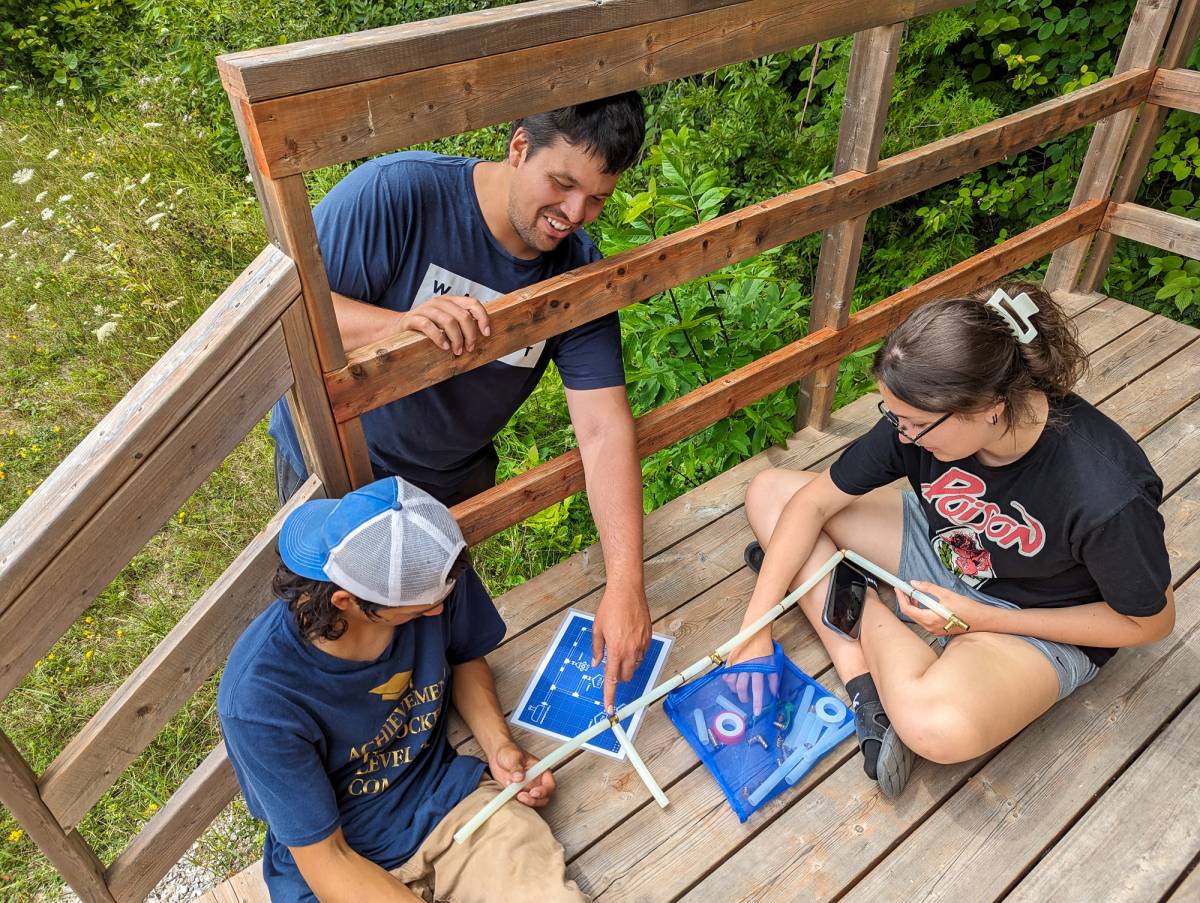
Microplastics
Sean, from Georgian Bay Forever, led a discussion on microplastics before heading out on a walk to look for sources of plastic pollution. Back in the classroom, Sean provided sand samples from around Georgian Bay for students to interpret under a microscope. Shockingly there was evidence of microplastics in most of the samples which initiated impassioned discussions about sustainability within communities.
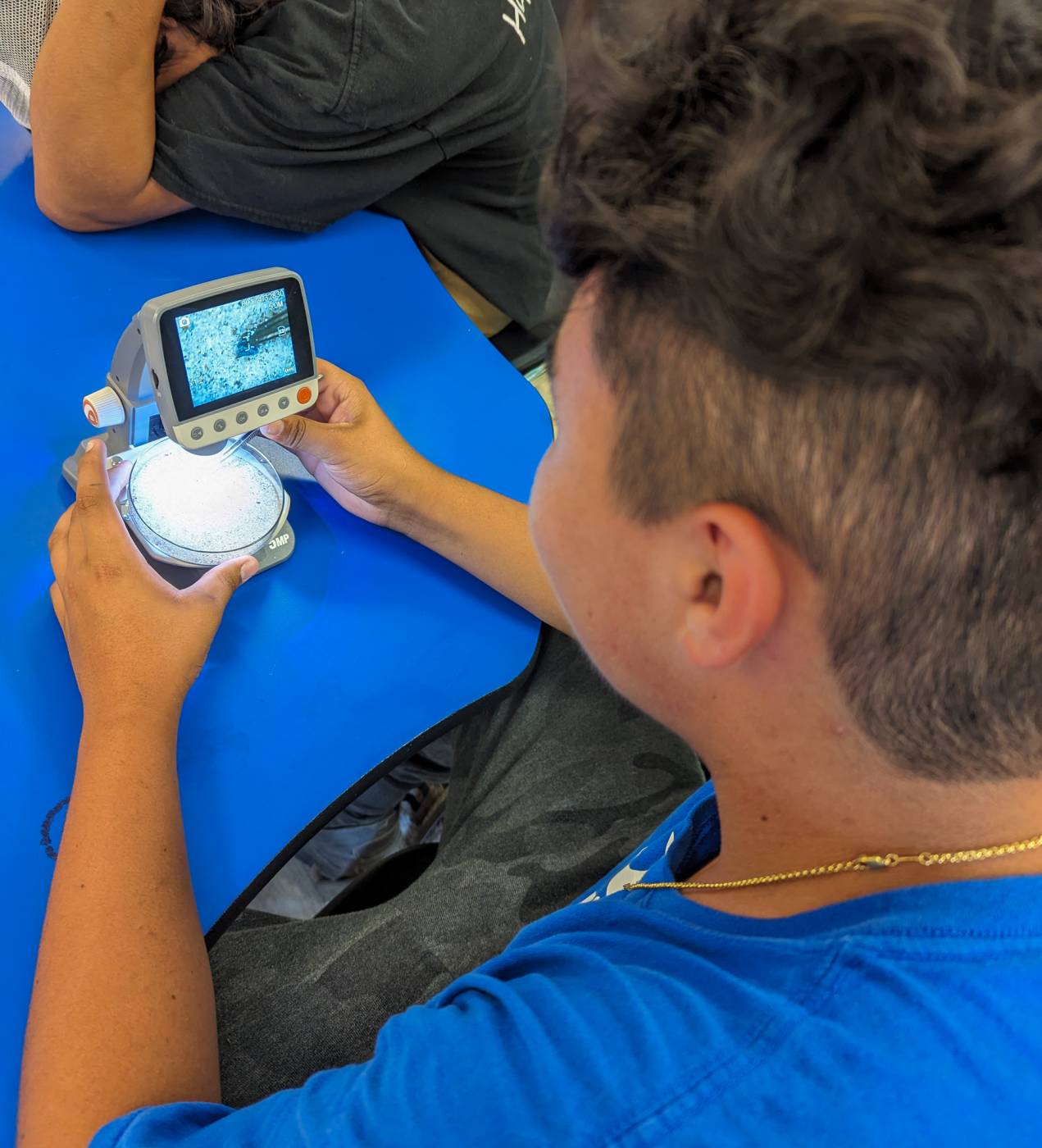
Food Sustainability
Food sustainability is front of mind in Sheshegwaning First Nation, and the community has many incredible projects for students to learn from. One amazing example is the Sheshegwaning Food Forest, started by Kiara and Caeley, who gave an informative tour of the forest where they are growing traditional foods and medicines which support families within the community. They have such passion for their work and we are so grateful for their time.
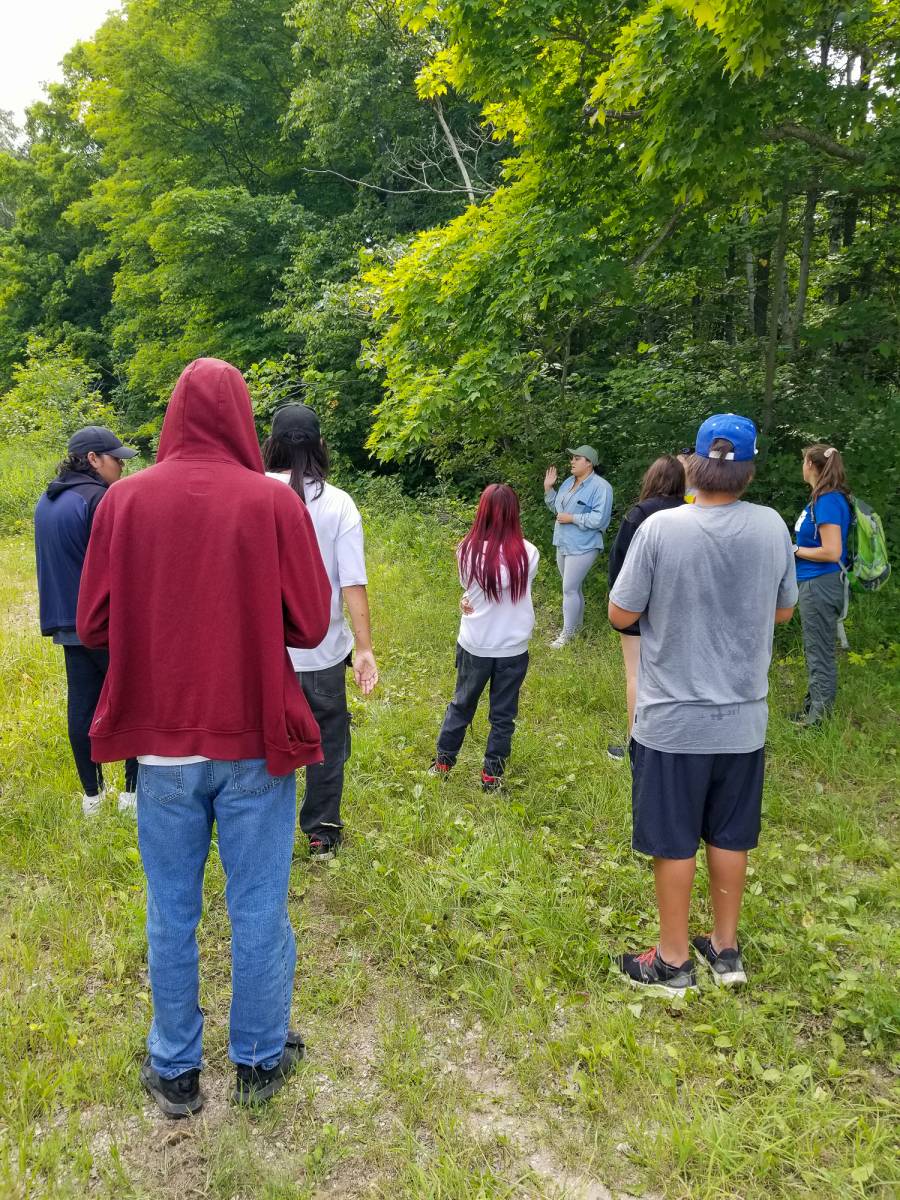
Crafts and Culture
For our last excursion, a bus trip to M’chigeeng took students to the Ojibwe Cultural Foundation. Working with Darlene, the Traditional Craft Facilitator, students created their own Medicine Pouches. Everyone was super proud of their work and afterwards Darlene shared more about all of the amazing crafts that she and others have created.
Celebration
In celebration of the student’s hard work along their journey of learning, fun and connection, Robert Beaudin, school Principal, hosted a community lunch.
The growing partnership between Water First and Sheshegwaning First Nation, along with a summer of experiential learning and exploration, left students and educators enriched and communities connected.
